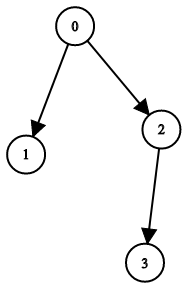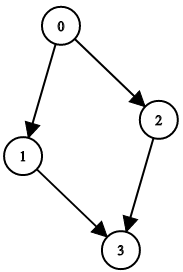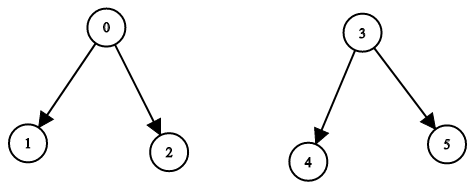Given a non-empty array of non-negative integers nums, the degree of this array is defined as the maximum frequency of any one of its elements.
Your task is to find the smallest possible length of a (contiguous) subarray of nums, that has the same degree as nums.
Example 1:
Input: nums = [1,2,2,3,1] Output: 2 Explanation: The input array has a degree of 2 because both elements 1 and 2 appear twice. Of the subarrays that have the same degree: [1, 2, 2, 3, 1], [1, 2, 2, 3], [2, 2, 3, 1], [1, 2, 2], [2, 2, 3], [2, 2] The shortest length is 2. So return 2.
class Solution
{
public:
int findShortestSubArray(vector<int>& nums)
{
// map to store the frequencies
unordered_map<int,int>m;
// map to store the first and the last occurence of an element
unordered_map<int,vector<int>>dict;
// d is the degree of the array and ans is the answer
int d=0,ans=INT_MAX;
// populate the frequnecy map and calculate the degree
for(int i=0;i<nums.size();i++)
{
m[nums[i]]++;
d=max(d,m[nums[i]]);
}
// store the first occurence of the elements which has frequency=degree of the whole array
for(int i=0;i<nums.size();i++)
{
if(m[nums[i]]==d)
{
if(dict.find(nums[i])==dict.end())
{
dict[nums[i]].push_back(i);
}
}
}
// take the last occurence of the elements (having frequency=degree of the whole array) and calculate the length of a potential sub-array
for(int i=nums.size()-1;i>=0;i--)
{
if(m[nums[i]]==d)
{
if(dict[nums[i]].size()==1)
{
ans=min(ans,abs(i-dict[nums[i]][0])+1);
dict[nums[i]].push_back(i);
}
}
}
// finally return the answer
return ans;
}
};



